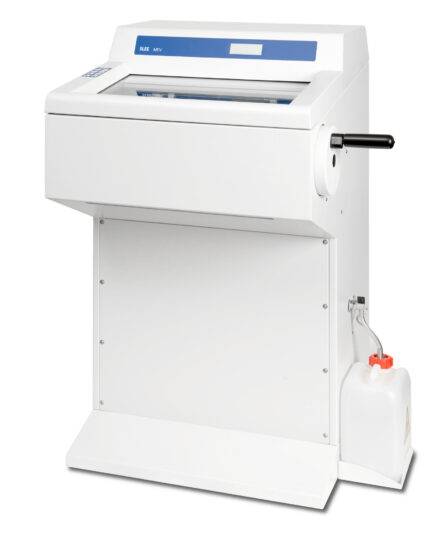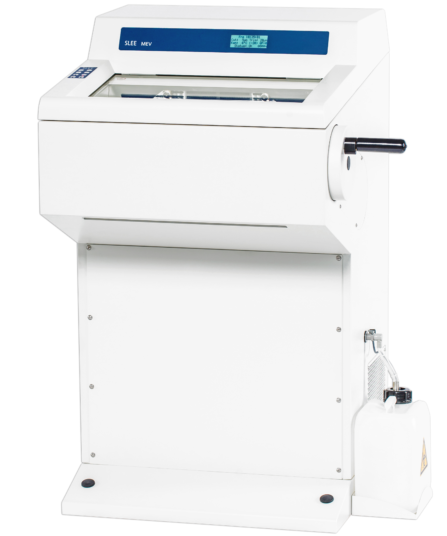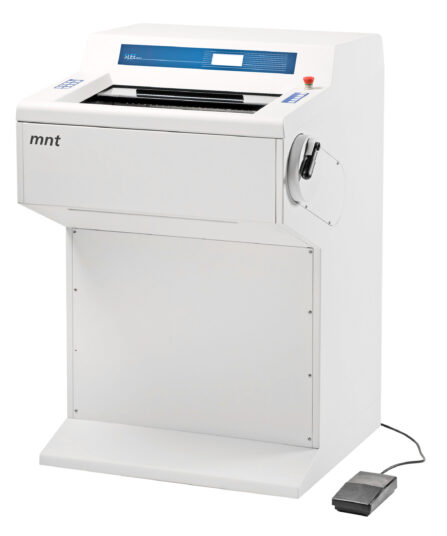CRYOSTATS – FROM THE FOUNDERS OF THE FIRST EVER CYROSTAT
The Slee cryostats stand for reliability, precision, safety and convenience for a
wide range of applications in histopathology as well as in industry for quality control and materials research. Since the development of the world’s first cryostat.
The MEV and MNT series are equipped with a spacious cooling chamber, have intuitive controls and an automatic defrost function. The heart of all devices is the precision rotary microtome in proven Slee quality. A wide range of optional accessories allows adaptation to individual requirements.
Cryostat
SLEE MEV CRYOSTAT
High-quality floor standing Cryostat with a spacious stainless-steel chamber, offering 24 different freezing positions and a cryo chamber temperature down to -35°C.
Cryostat
SLEE MEV+ CRYOSTAT
Many years of experience in this market and regular feedback from customers enable us to provide the MEV + cryostat, covering the most common
requirements most frequently needed in routine histology. The device is equipped with UV-C surface disinfection, 2 quick freezing positions and
object cooling.
Cryostat
SLEE MNT CRYOSTAT
High-quality floor standing Cryostat with a spacious stainless-steel chamber, offering 24 different freezing positions and a modern rotary microtome with motorised μm advance/return.
Cryostat MEV / MEV + and MNT FAQ - Frequently Asked Questions
Understanding technical and physical events in cryostats
- Keep the window closed when not cutting.
- Avoid heavy exhalation into the chamber.
- Schedule nightly defrost cycles via software.
- Manually defrost when significant ice buildup occurs.
- Ensure proper installation conditions (e.g., maintain distance from walls, avoid placement under air conditioning units, perform regular maintenance as per the user manual).
- Increase the chamber temperature slightly.
- Raise the room temperature.
- Reduce the humidity in the room.
- Extremely low temperatures can make the freezing medium more brittle, leading to poorer cutting results.
- In samples with high water content, excessive cold can accelerate ice crystal formation, making sections fragile and prone to breaking.



